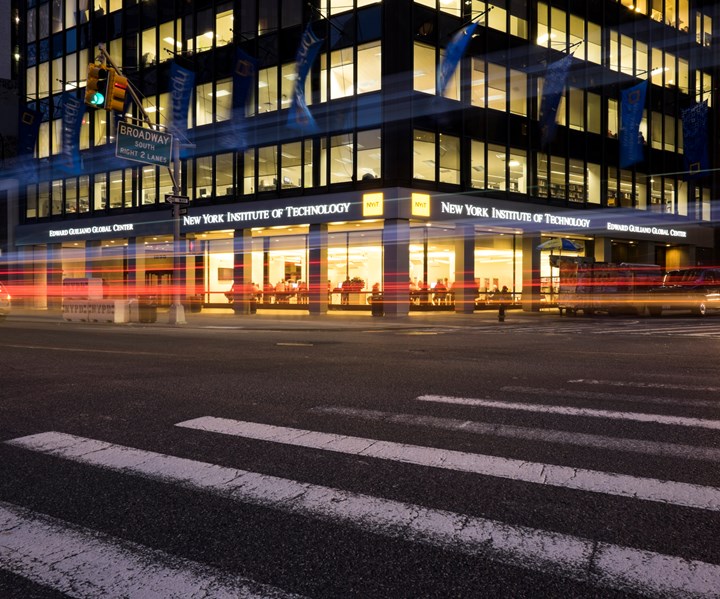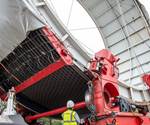NYIT granted NSF funding to develop composite pipeline testing
Researchers at the New York Institute of Technology will use the more than $350,000 award to develop microwave imaging to test composite pipelines.

Source | NYIT
Faculty members at New York Institute of Technology (NYIT; New York, N.Y., U.S.) have been awarded more than $350,000 from the National Science Foundation (NSF; Alexandria, Va., U.S.) to develop imaging techniques to test non-metallic cylinders such as composite oil and gas pipelines.
According to NYIT, composite pipes are quickly replacing metal pipes in the oil and gas industry due to their resistance to corrosion, but reliable and fast safety testing of these materials remains a challenge. As a result, Reza Khalaj Amineh and Maryam Ravan, assistant professors of electrical and computer engineering at NYIT, will work with graduate and undergraduate students in NYIT College of Engineering and Computing Sciences to adapt existing holographic imaging techniques to carry out volumetric imaging designed specifically for cylindrical objects such as pipes.
“Developing technologies that help maintain the safety and integrity of pipes will support an infrastructure we all rely on and help prevent potential environmental disasters,” says Babak D. Beheshti, Ph.D., dean of NYIT College of Engineering and Computing Sciences.
Amineh and Ravan have been working on this project since 2017 with support from internal NYIT grants, which paid for the launch of their Applied Electromagnetics Research Lab (AEMRL). Their aim with this new NSF grant is to produce a prototype that can conduct fast and reliable tests of composite materials in various applications. If successful, they say the technology will significantly reduce costs and increase system safety for oil and gas extraction, urban infrastructure and other operations that rely on pipelines. Other potential applications could include biomedical imaging and security screening.
The grant will also pay for equipment to perform radio frequency (RF) and microwave measurements, which will join current equipment Amineh and Ravan have secured or invented for the AEMRL. In addition, $39,000 of the grant is set aside to employ student researchers. Amineh and Ravan are proactively seeking underrepresented minorities and women to work on the project, with the aim of diversifying the field and increasing those groups’ career options within electrical engineering.
The project officially starts on Sept. 1, 2019, though Amineh, Ravan and a team of students have already started the theoretical and hardware developments. The student researchers are helping to develop the theoretical portion of the imaging process and are constructing a cost-effective imaging system based on off-the-shelf components, as well as conducting preliminary tests to understand the capabilities and limitations of the proposed imaging technology, designing an antenna to be used in the proposed imaging setup, and designing a cylindrical scanning setup that is being used in the initial tests.
“We are excited about expanding NYIT’s reach to include microwave imaging. Both Dr. Ravan and I have extensive experience in nondestructive testing (NDT) and near-field microwave imaging, and the AEMRL will show our students how to develop a low-cost, compact, fast, and robust microwave NDT method,” says Amineh.
Related Content
-
Machine, equipment investment strengthens Ruckus Composites’ research, innovation
CNC services expansion, universal testing machines and advanced inspection enable Ruckus to delve deeper into the study and evaluation of carbon fiber damage, as well as nondestructive and destructive testing.
-
VIDEO: AI, cameras and lasers for FOD detection
Virtek Vision demonstrates its Iris AI technology at CAMX 2024. It combines laser projection with machine learning software to detect foreign object debris during a composite layup.
-
Plant tour: Airbus, Illescas, Spain
Airbus’ Illescas facility, featuring highly automated composites processes for the A350 lower wing cover and one-piece Section 19 fuselage barrels, works toward production ramp-ups and next-generation aircraft.

.jpg;width=70;height=70;mode=crop)











.jpg;maxWidth=300;quality=90)

